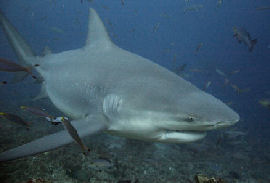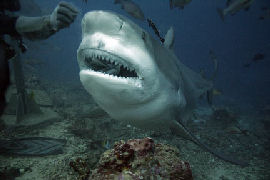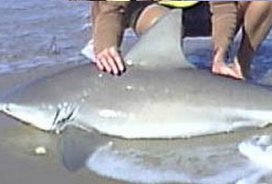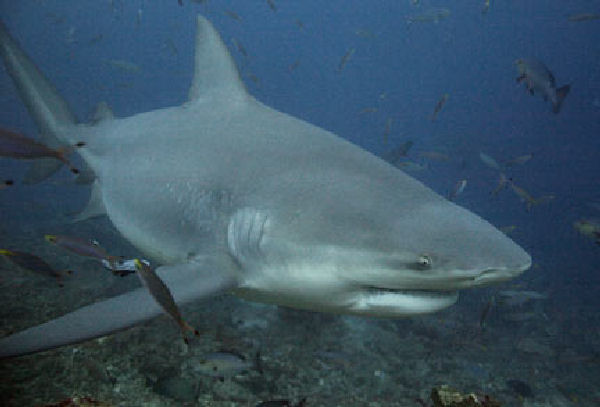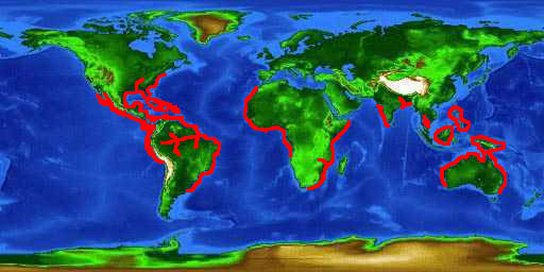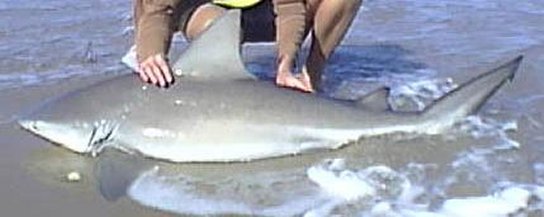Shark like fishes
Description
The bull shark is also known as the cub, Ganges, Nicaragua, river, shovelnose, slipway grey, square-nose, Van Rooyen's, and Zambezi shark. The Bull Shark can be recognized by its unique body shape, which is much wider in comparison to its length than other sharks, and its snout, which is wider than it is long. These features give the Bull Shark an almost stout appearance. The shark is gray on the top half of its body and off white underneath. Several individuals have been found with pale stripes on the sides of their bodies. The Bull Shark also has two dorsal fins, the second of which is much smaller than the first. Males of the species are approximately 7 feet long and weich 90 kg while females grow to 11.4 feet on average and weigh 230 kg. The young sharks can be distinguished by the dark edges on their fins.
Food Habits
The Bull Shark is an omnivorous animal. It routinely preys upon fish, sharks (especially young sandbar sharks), rays, turtles, echinoderms, birds, mollusks, dolphins, and almost anything else it can find. Remains of everything from humans to hippopotami have been found in Bull Sharks' stomachs. (Australian Museum 1999, Bilson and Bilson 1999)
Behavior
The Bull Shark is a solitary species that hunts by itself. Most individuals are not migratory, however many Bull Sharks in South America have been known to migrate thousands of miles from the Amazon River to the Atlantic Ocean. The largest threat to the shark is the large number of humans who fish for it commercially. The Bull Shark is also preyed upon by other large sharks especially in its juvenile stage. One interesting behavior is the Bull Shark's willingness to enter freshwater areas. The shark has been found far up the Mississippi and Amazon Rivers and also in Lake Nicaragua. Scientists thought the sharks in Lake Nicaragua were a separate species until they discovered that Bull Sharks were jumping the rapids, much like salmon, to enter the lake.
Positive
The Bull Shark is one of the most commonly caught sharks in the world. It is frequently used as food in coastal areas and its skin is used to make leather.
Negative
Bull Sharks have an appetite for young Sandbar Sharks. Because many Sandbar Sharks do not reach maturity, this has a negative impact on the large commercial businesses that fish for them.

